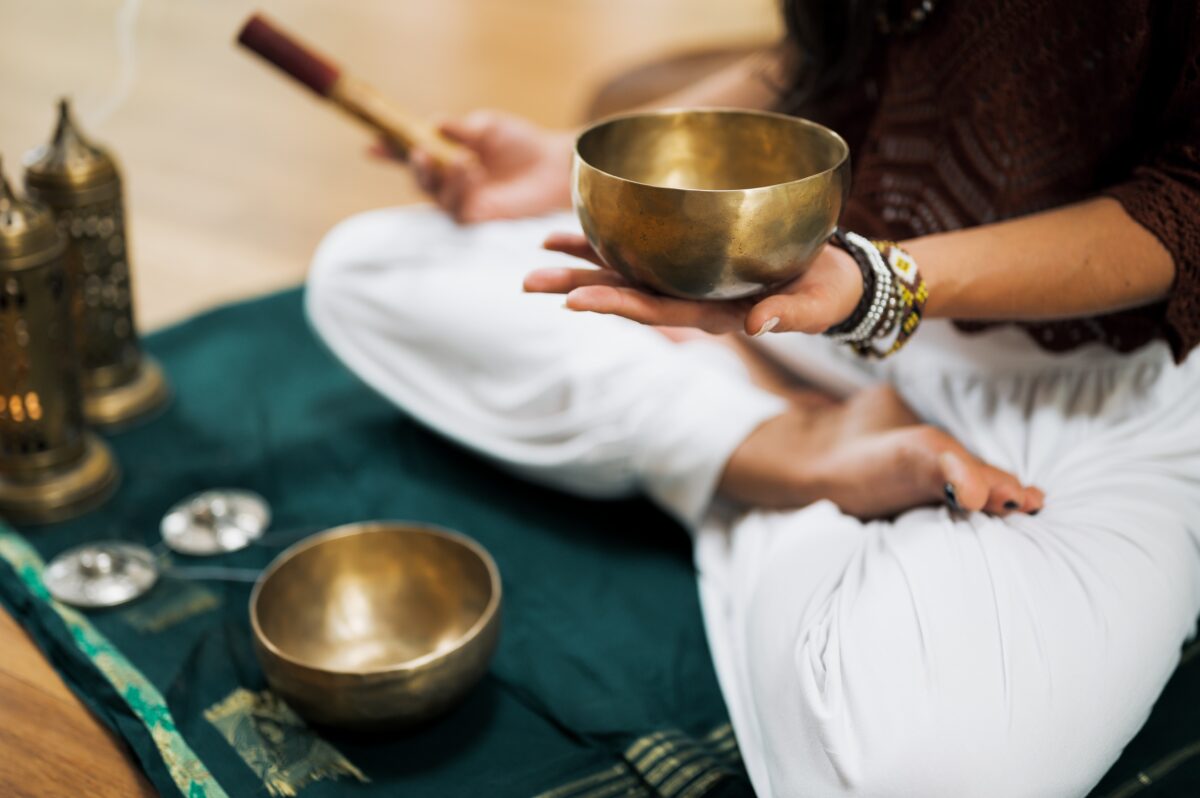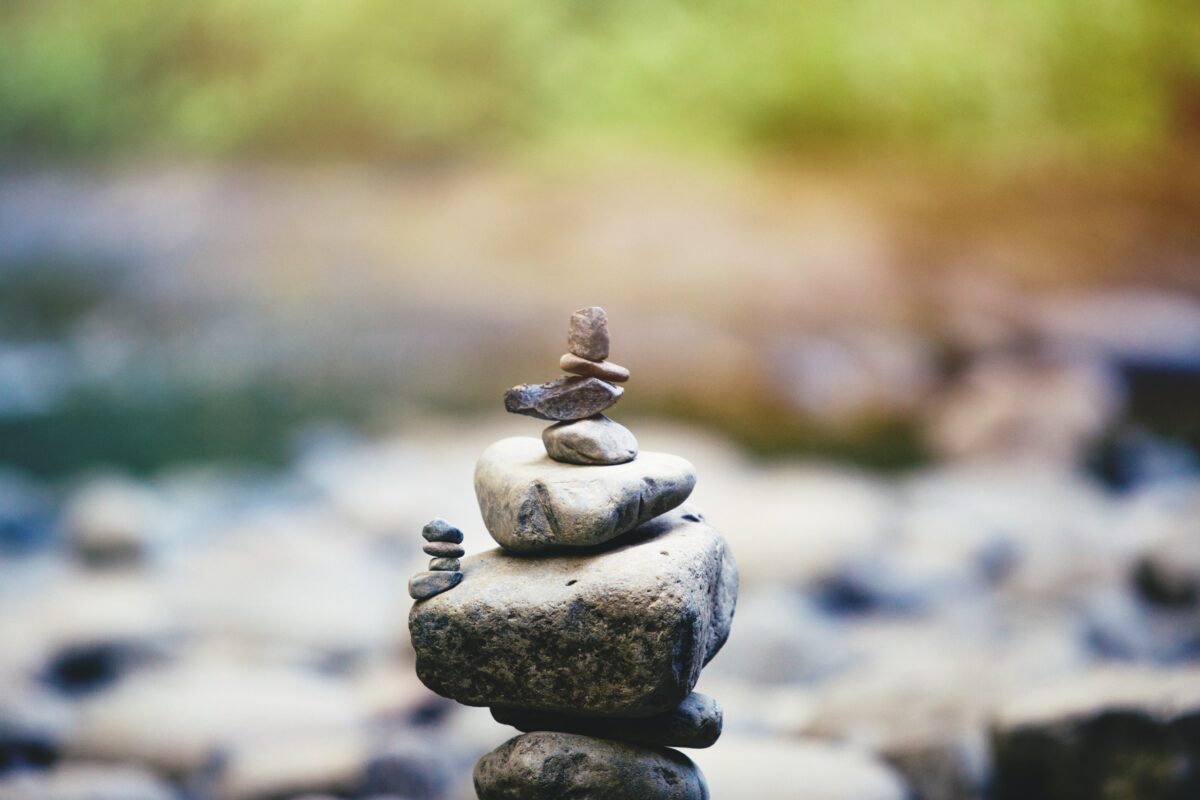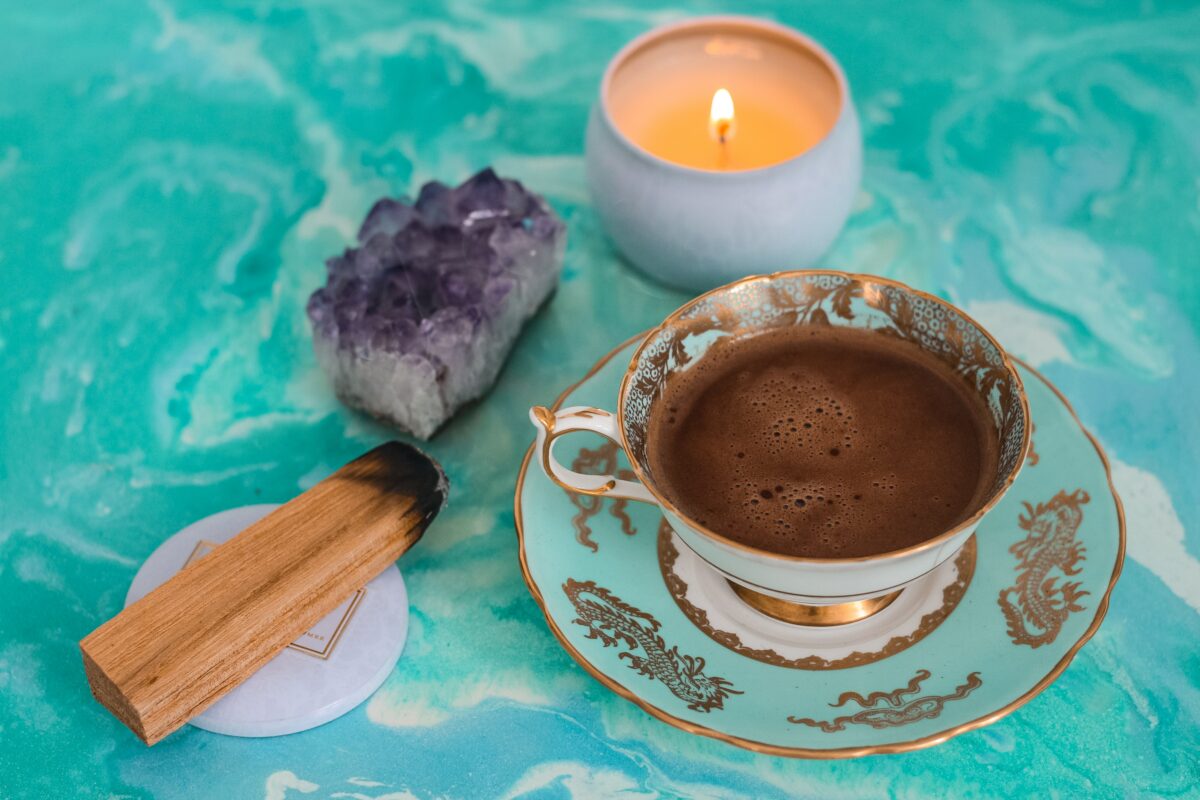We are formed of energy, and that energy travels through our bodies through pathways known as chakras. “Chakra” is a Sanskrit word that means “wheel” or “disk.” The body has seven primary chakras, each with its own color, position, and emotional significance. Balancing these chakras is critical for general health and well-being and has a substantial influence on our physical, mental, and emotional states.
- Root Chakra
The root chakra is related to the color red and is found at the base of the spine. It symbolizes our foundation and sense of security, as well as our physical and emotional survival requirements. We feel comfortable, grounded, and linked to the earth when the root chakra is balanced. With this chakra, however, imbalances can cause emotions of insecurity, dread, and worry.
- Sacral Chakra
The sacral chakra is related to the color orange and is found in the lower belly. It reflects our sexuality and creativity, as well as our capacity for pleasure and joy. We feel confident, passionate, and in touch with our emotions when the sacral chakra is balanced. In this chakra, imbalances might cause emotions of guilt, humiliation, or emotional instability.
- Solar Plexus Chakra
The solar plexus chakra is related to the color yellow and is found in the upper belly. It symbolizes our feeling of self, personal strength, and ability to realize our aspirations. We feel confident, driven, and energized when the solar plexus chakra is balanced. Yet, disturbances in this chakra might cause emotions of poor self-esteem, lack of ambition, or powerlessness.
- Heart Chakra
The heart chakra is related to the color green and is placed in the middle of the chest. It symbolizes our capacity to love and connect with others, as well as our compassion and empathy. We feel open, caring, and connected to others when the heart chakra is balanced. With this chakra, however, imbalances might cause feelings of loneliness, isolation, or trouble developing meaningful relationships.
- Throat Chakra
The throat chakra is associated with the color blue and is found in the throat. It symbolizes our capacity to communicate and express ourselves, as well as our own truth and sincerity. We feel secure in our abilities to express ourselves and communicate successfully when the throat chakra is balanced. Yet, imbalances in this chakra might cause trouble expressing oneself or an unnatural urge to talk.
- Third Eye Chakra
The third eye chakra is linked with the color indigo and is positioned in the middle of the forehead. It reflects our intuition and capacity to perceive beyond the physical world, as well as our spiritual connection and inner knowledge. We feel linked to our intuition and the capacity to trust our inner direction when the third eye chakra is balanced. Unbalances in this chakra, on the other hand, might cause emotions of bewilderment, indecision, or a lack of clarity.
- Crown Chakra
The Crown Chakra, also known as the Sahasrara Chakra, is positioned at the crown of the head and is linked to our connection to the divine and higher consciousness. When this chakra is balanced, we experience a profound feeling of serenity, knowledge, and comprehension. We have a tremendous spiritual awakening and feel linked to something higher than ourselves.
How to Balance Your Chakras
Now that you have a basic understanding of the seven chakras, you may be wondering how to balance them. Here are a few simple techniques you can use:
Meditation: Meditation is one of the most effective ways to balance your chakras. Sit in a comfortable position and focus on each chakra one by one, imagining a ball of light glowing brightly in each energy center. Visualize each chakra becoming balanced and aligned with the others.
Yoga: Practicing yoga is another excellent way to balance your chakras. Each yoga pose is designed to stimulate specific energy centers, helping to clear any blockages and promote the flow of energy throughout your body.
Crystal Healing: Crystals and gemstones have unique vibrational energies that can help to balance and align your chakras. You can place the appropriate crystal on each chakra during meditation or carry them with you throughout the day.
Sound Healing: Sound healing involves using different frequencies and vibrations to balance your chakras. You can listen to chakra-specific music, sing or chant mantras, or even use tuning forks to promote healing.
Conclusion
Chakra balancing is a crucial exercise for anybody looking to improve their overall well-being. We can maintain our energy centers balanced and flowing smoothly if we understand the seven chakras and the roles they play in our physical, emotional, and spiritual wellness. Try adding any of the following tactics into your everyday routine to watch how your energy transforms and your life improves.









